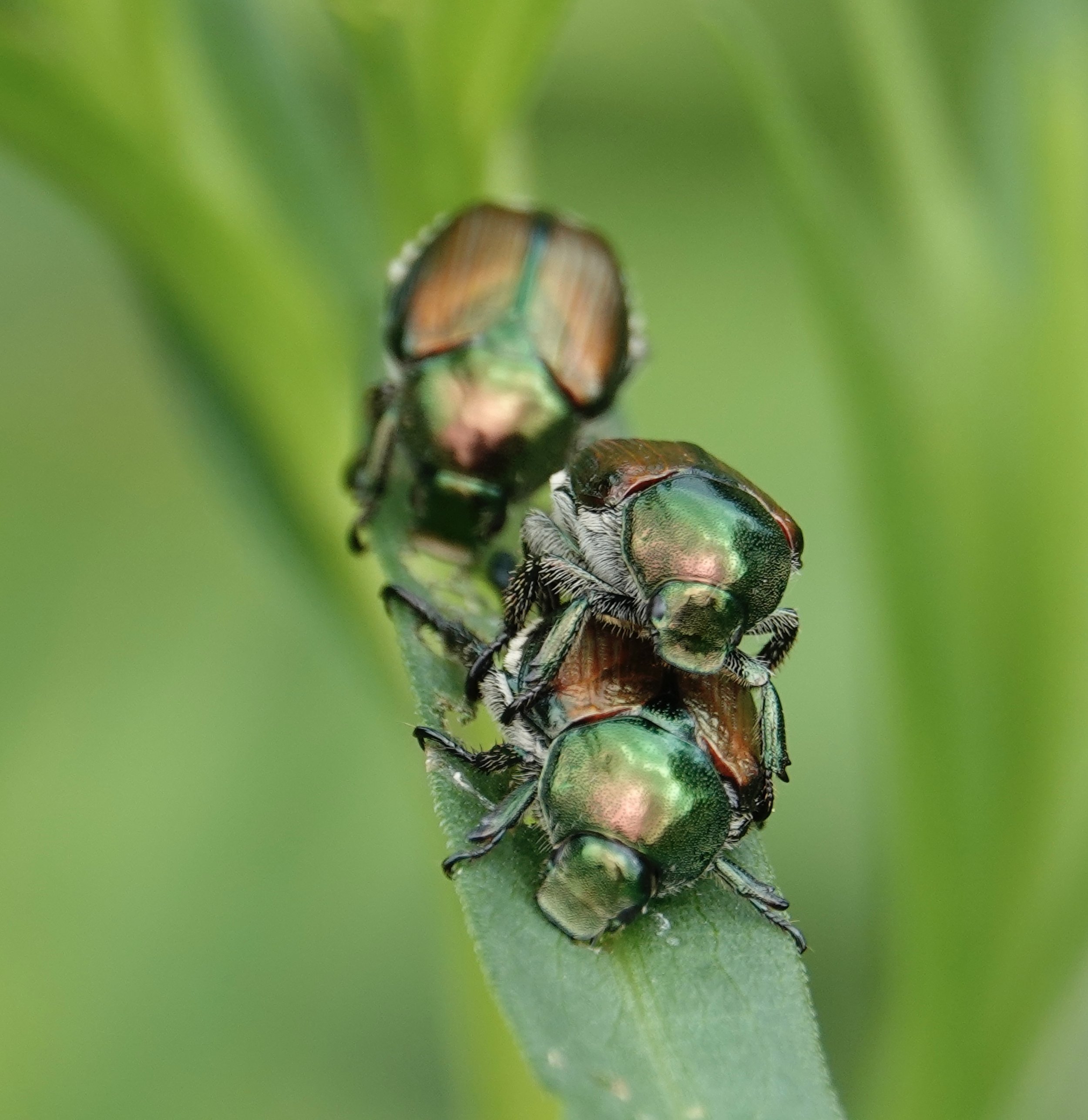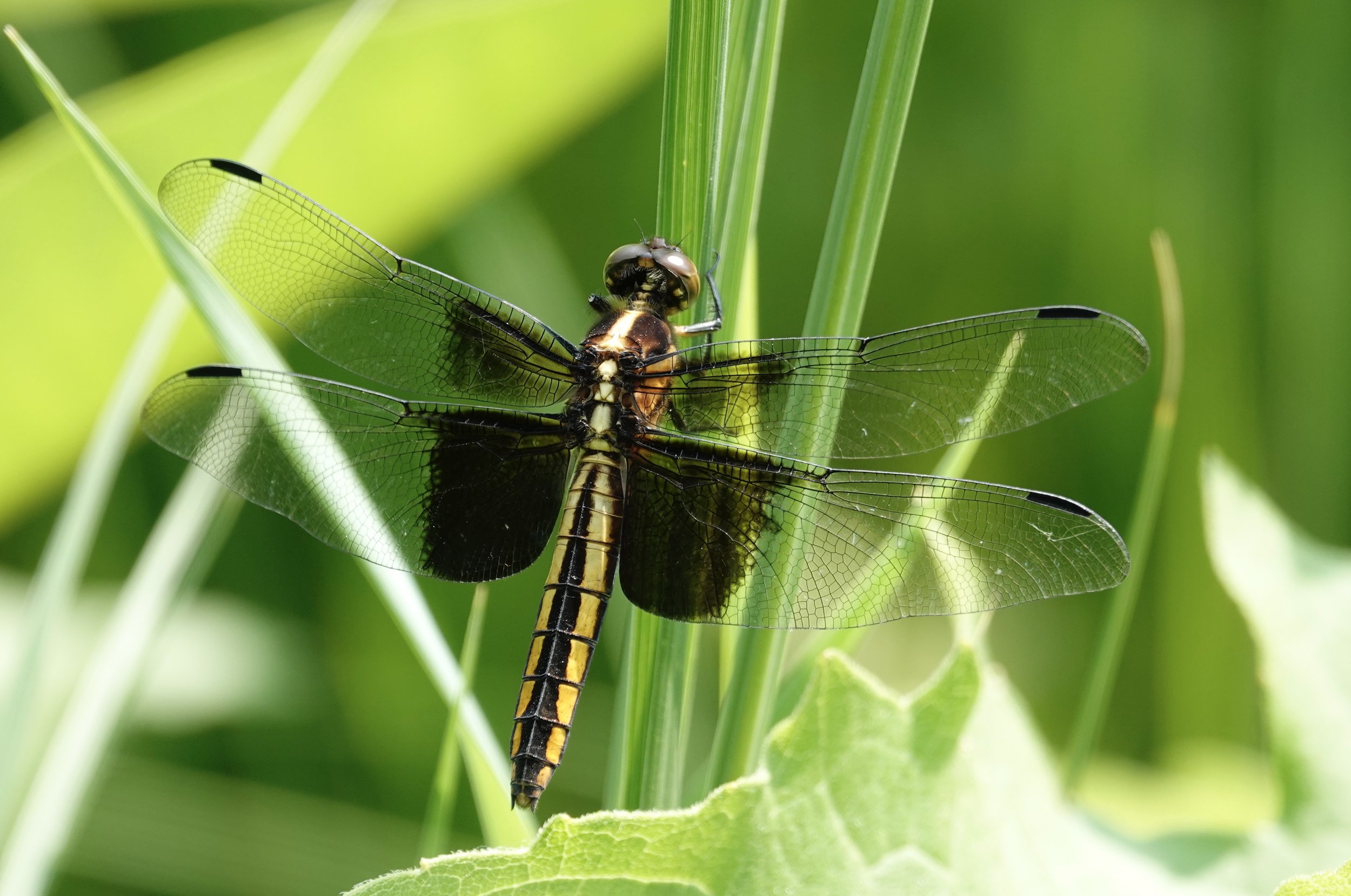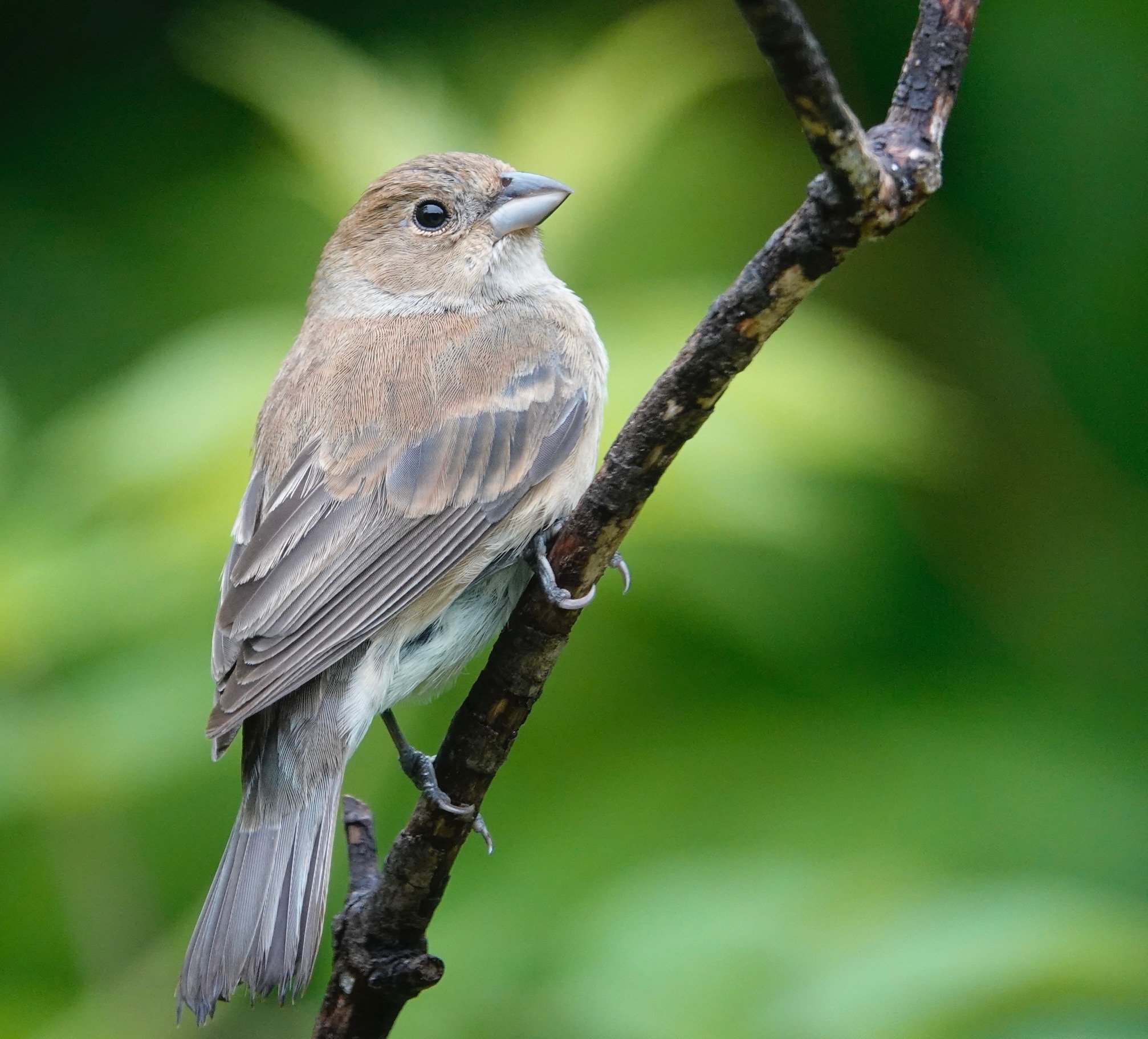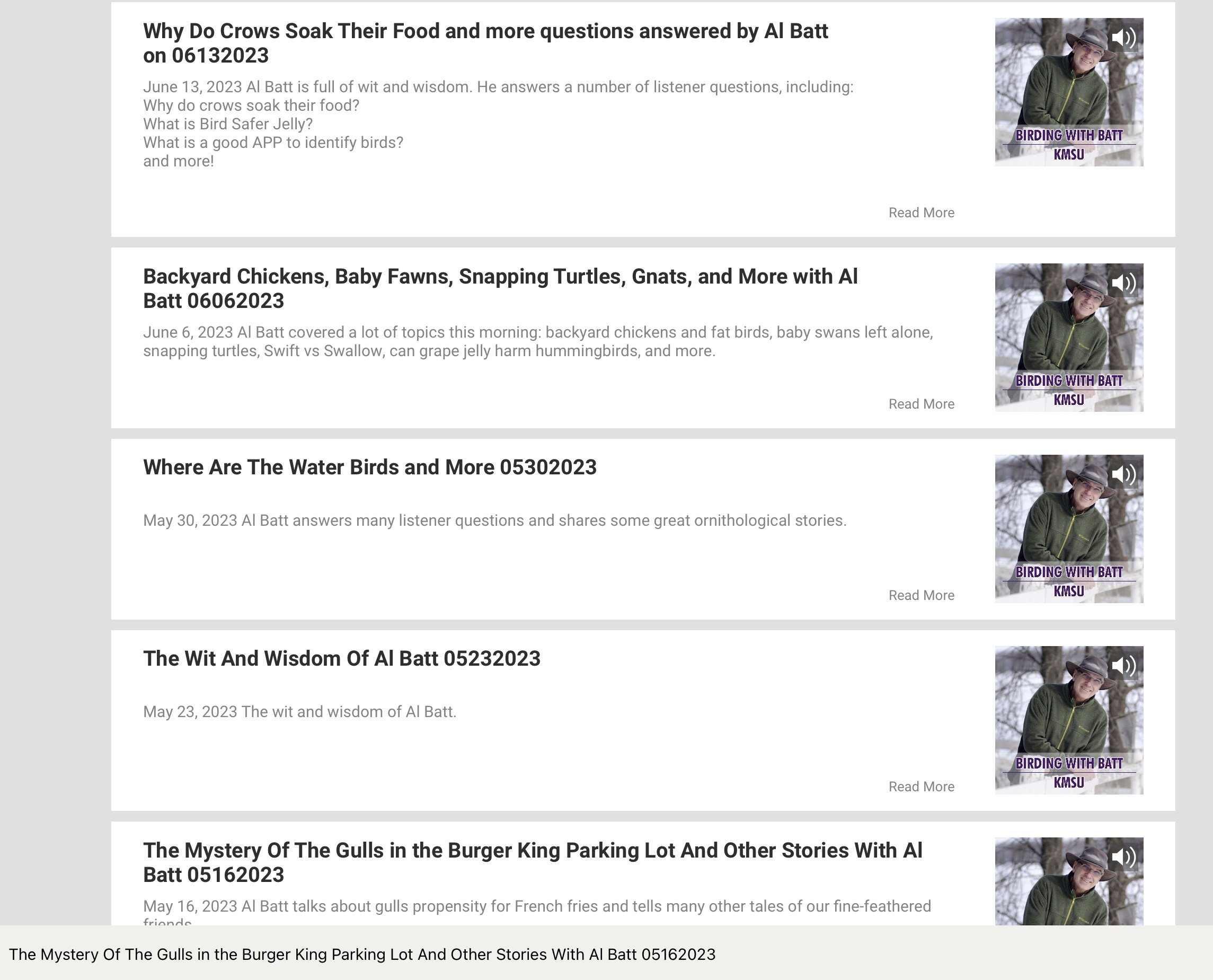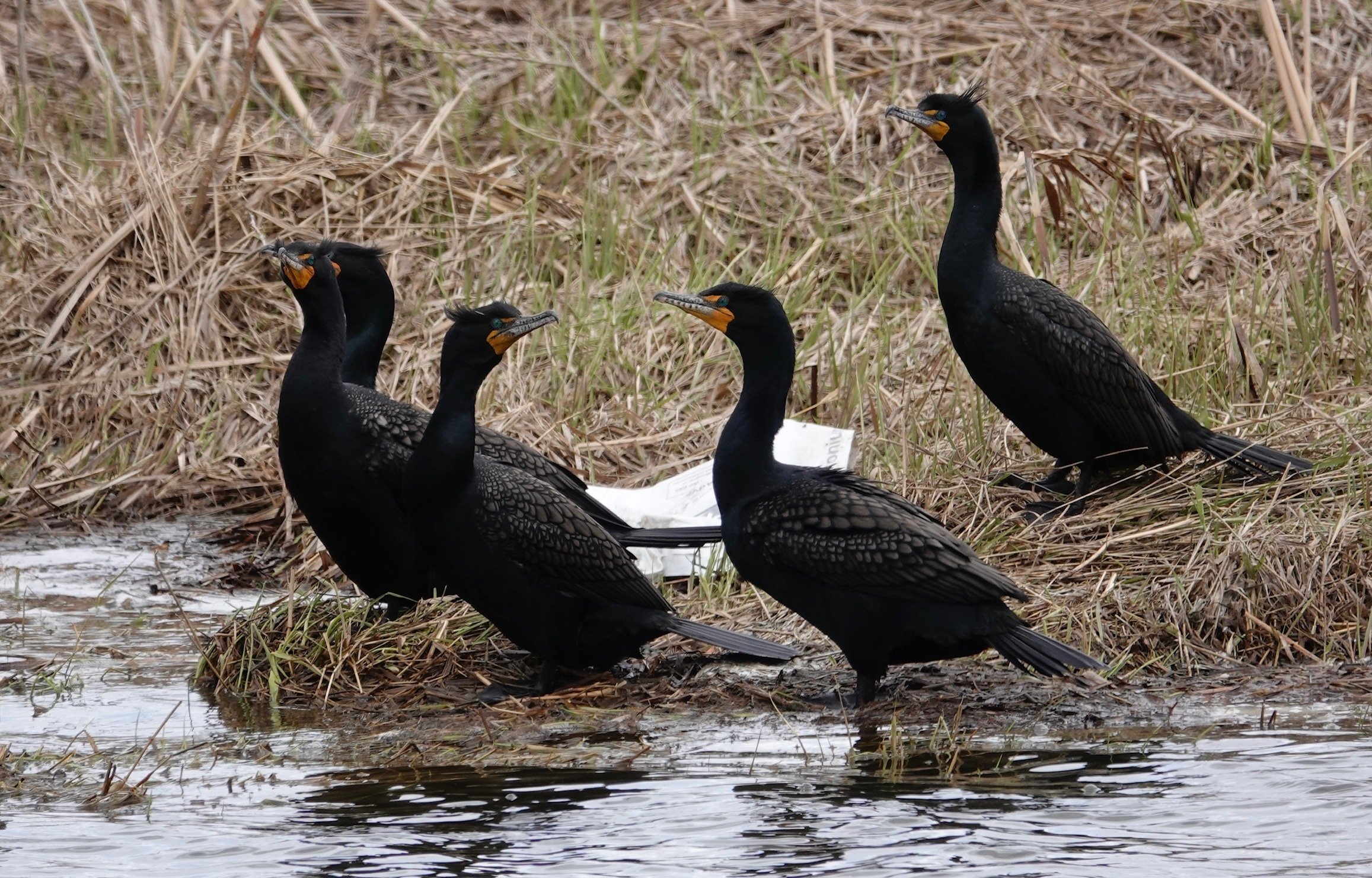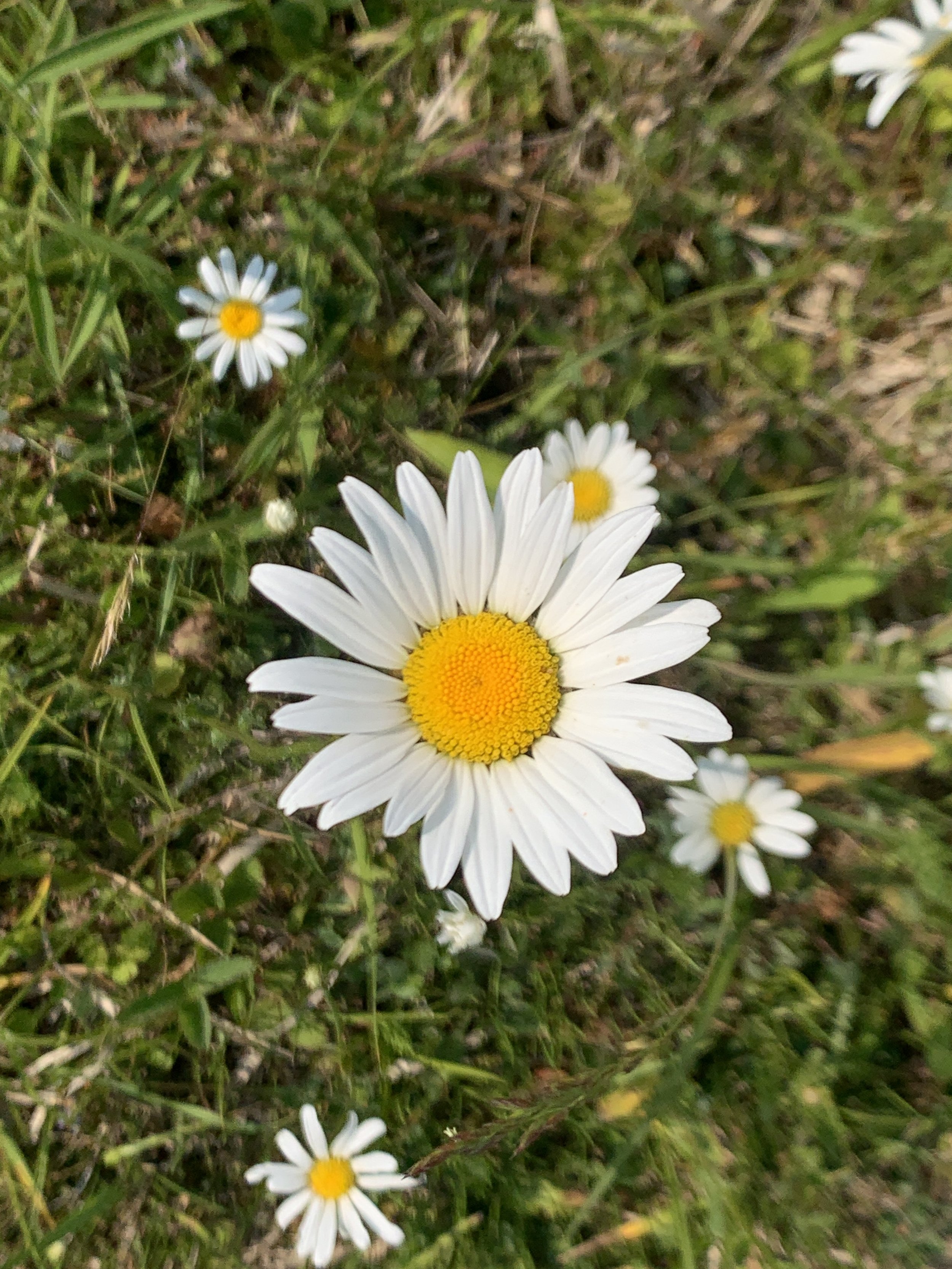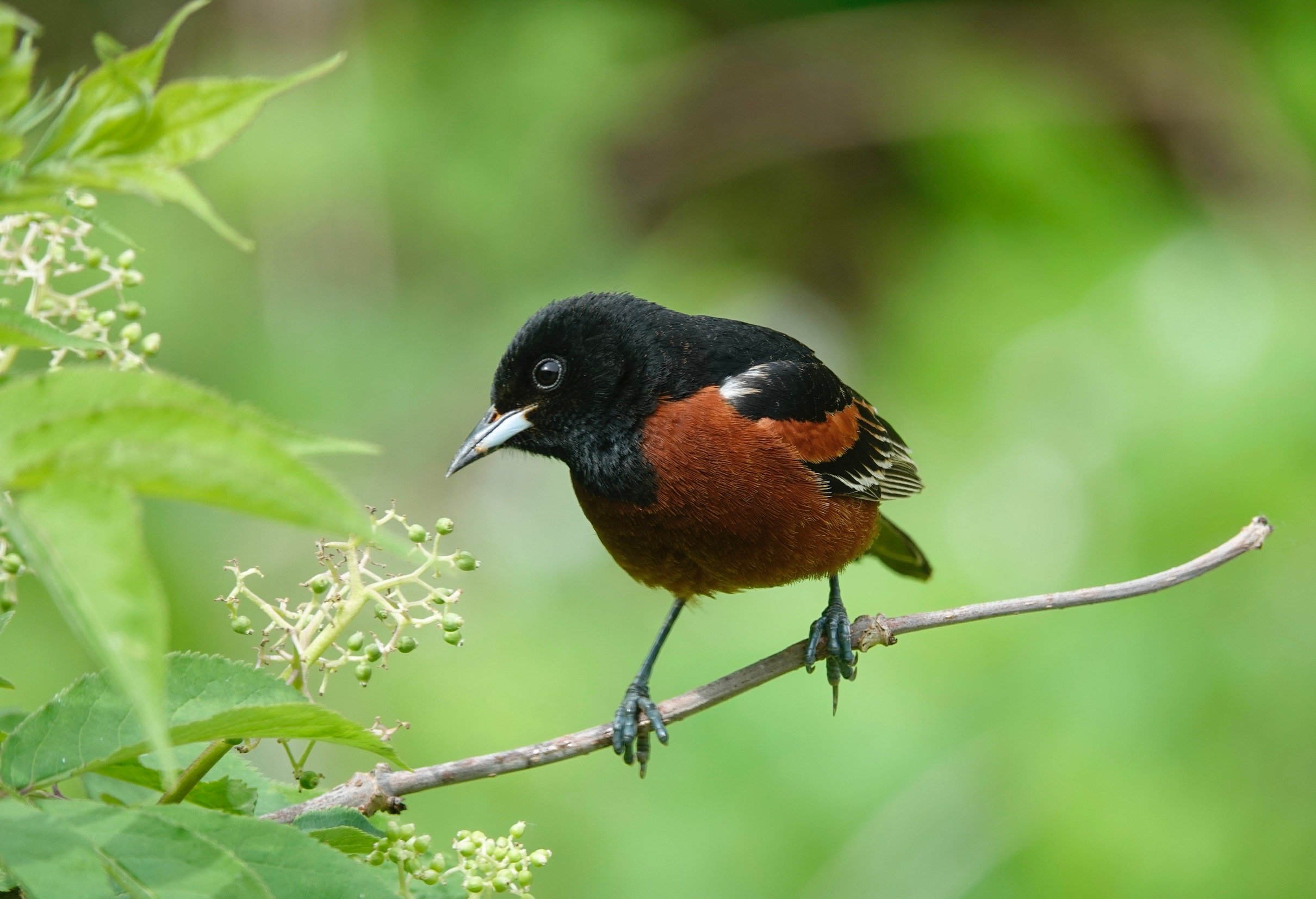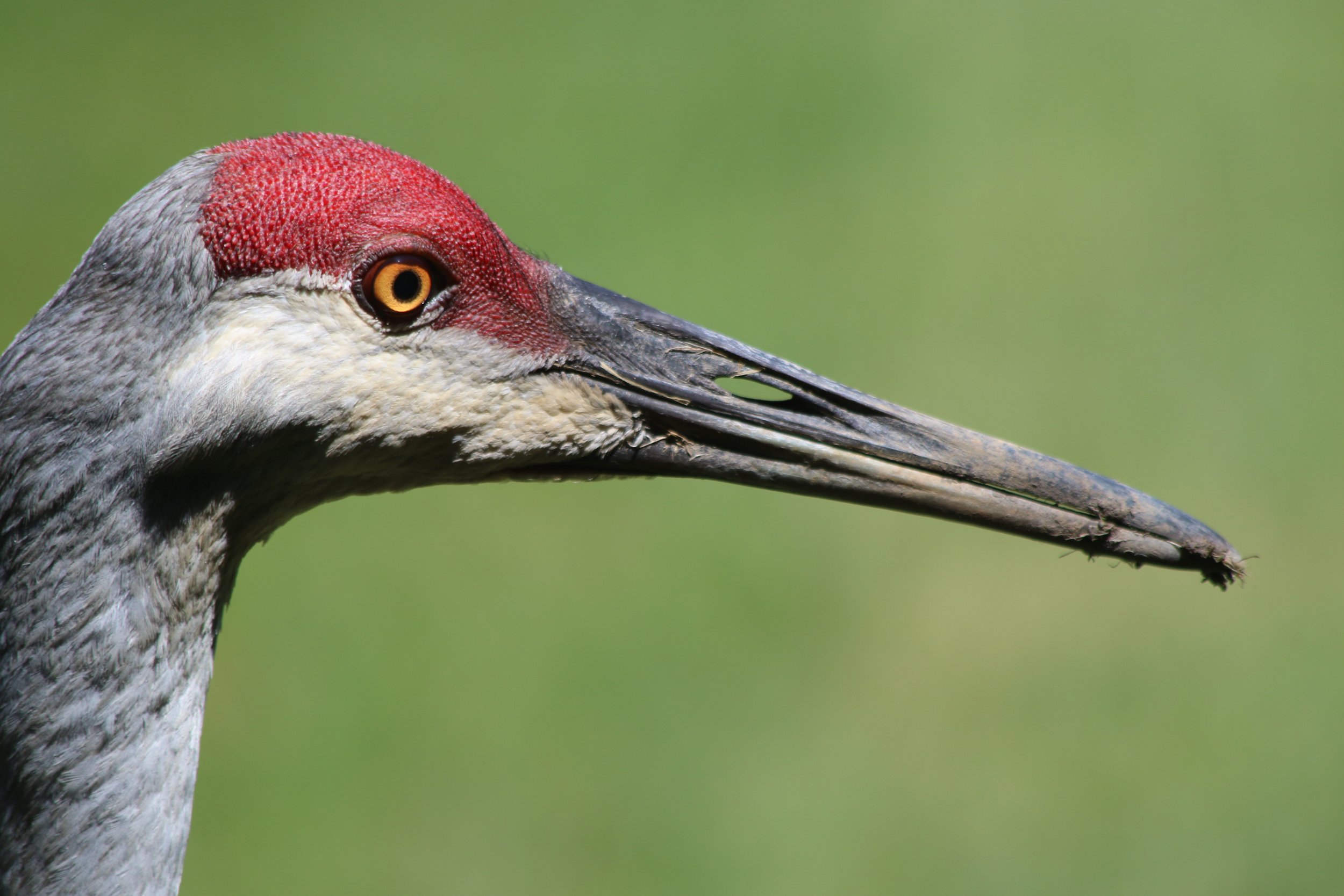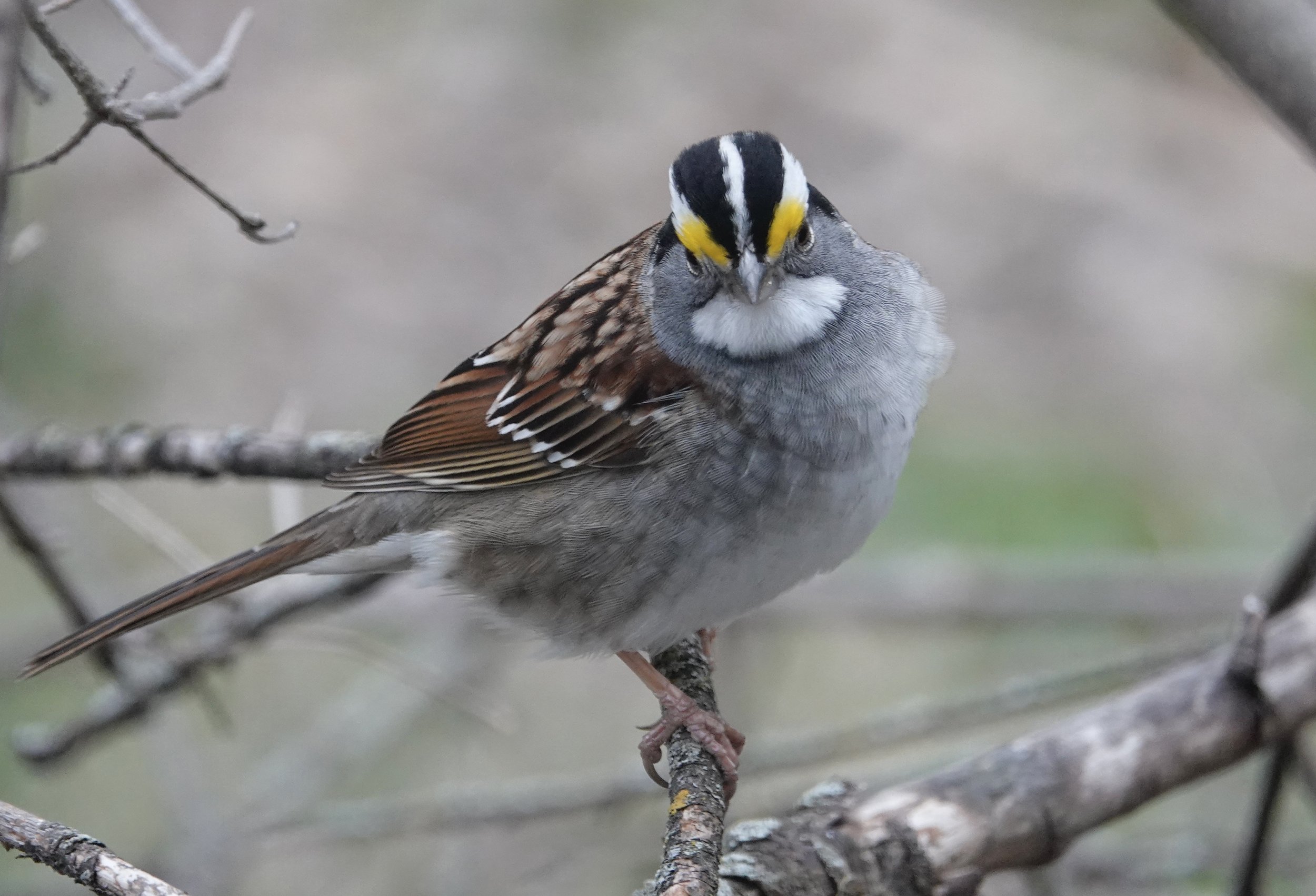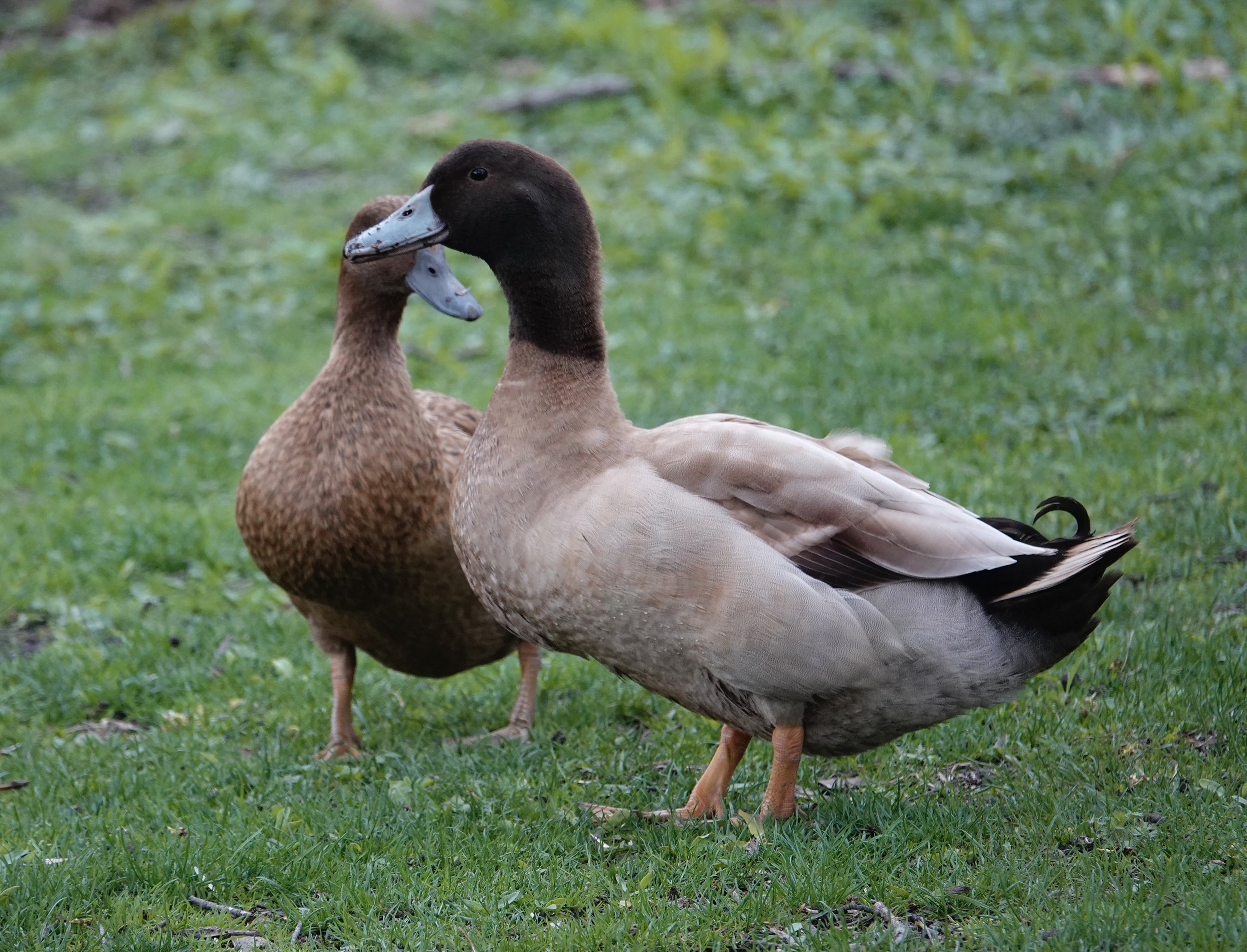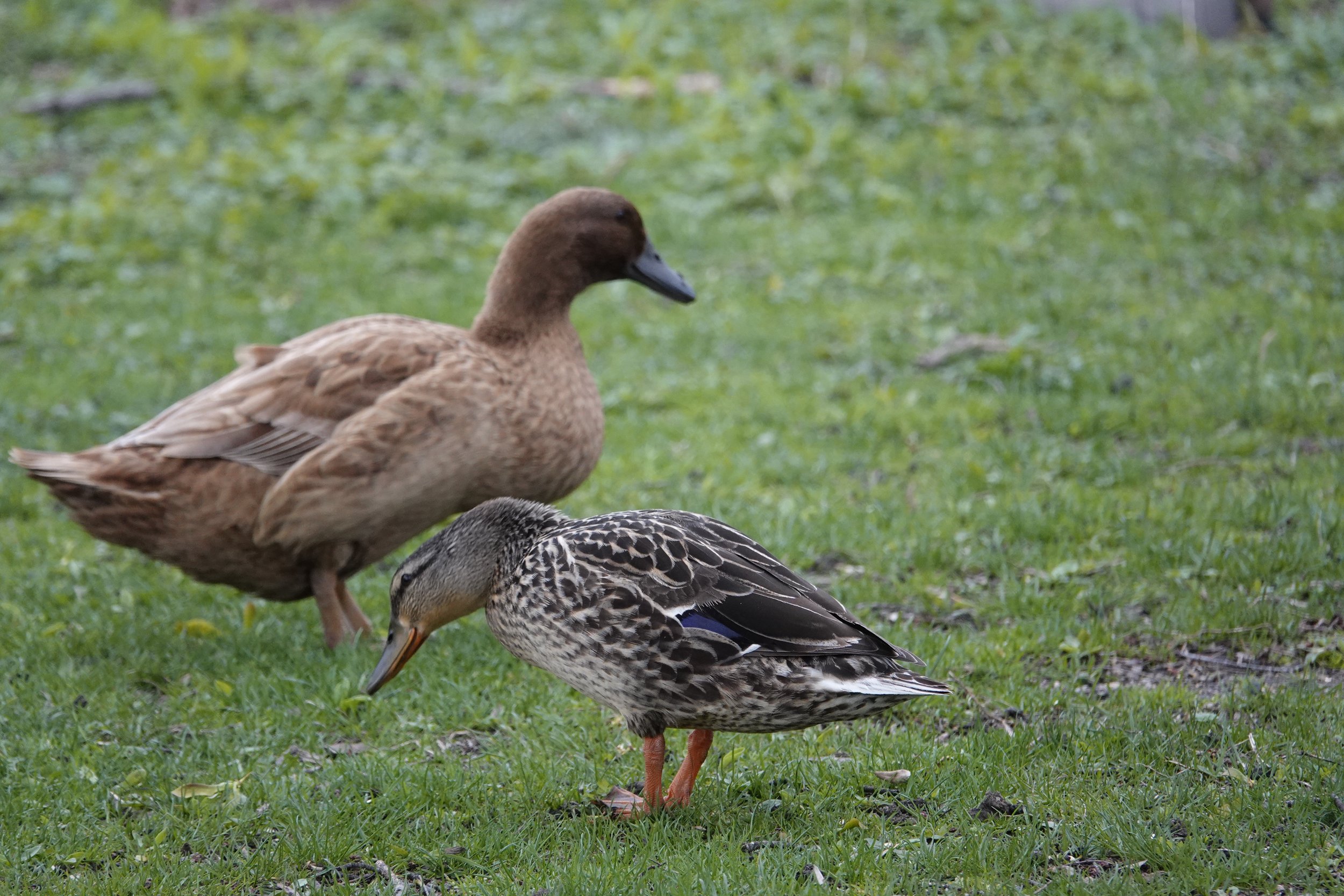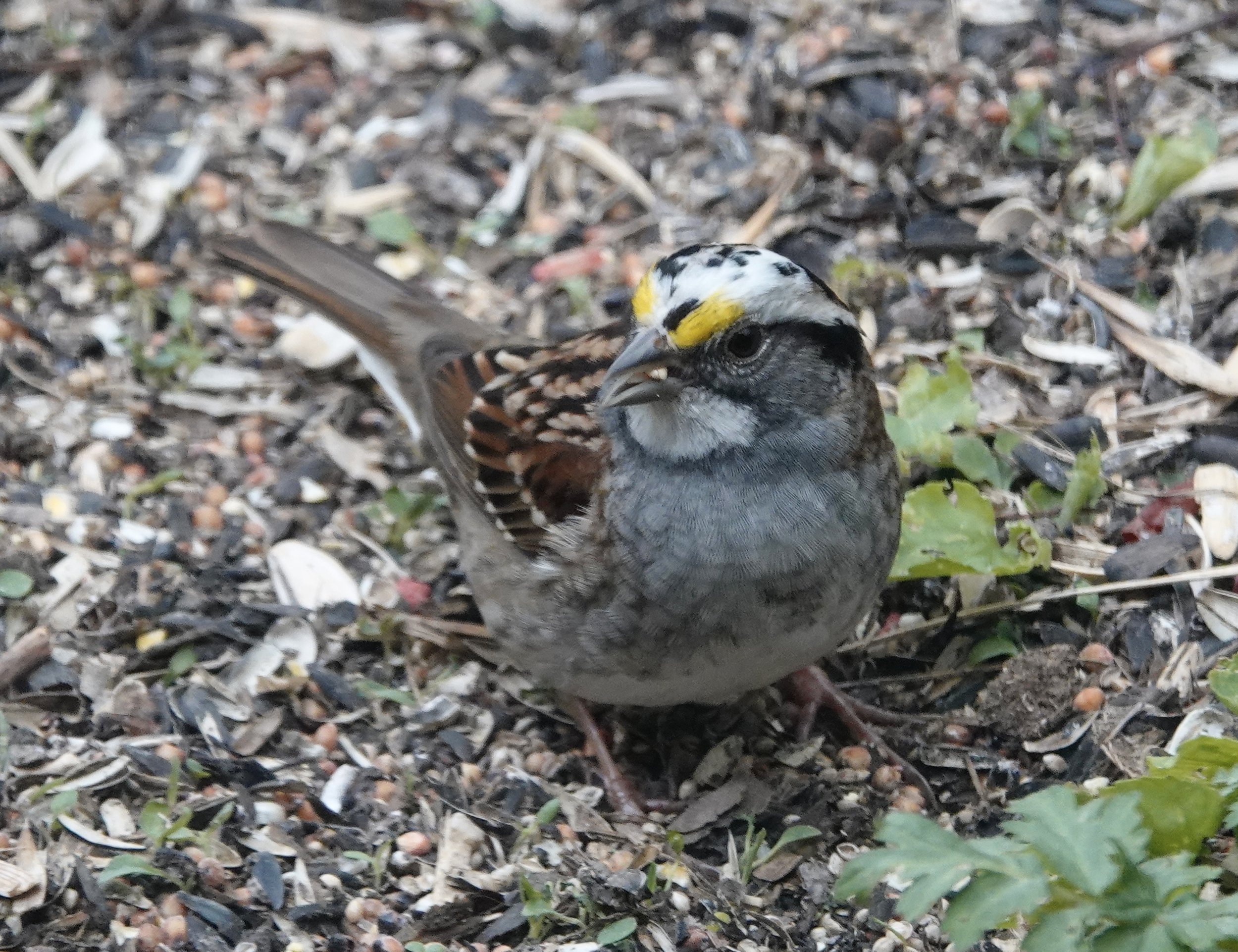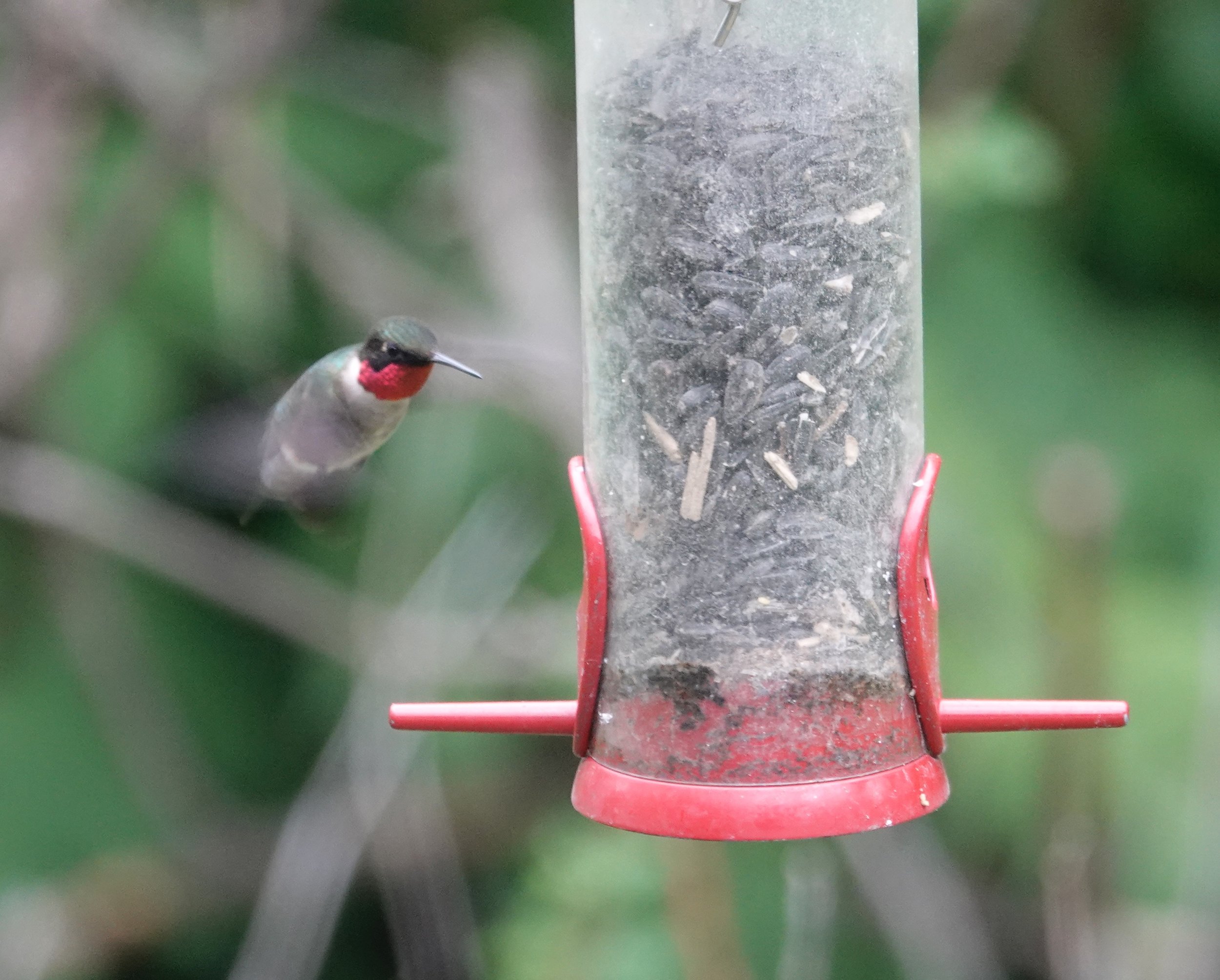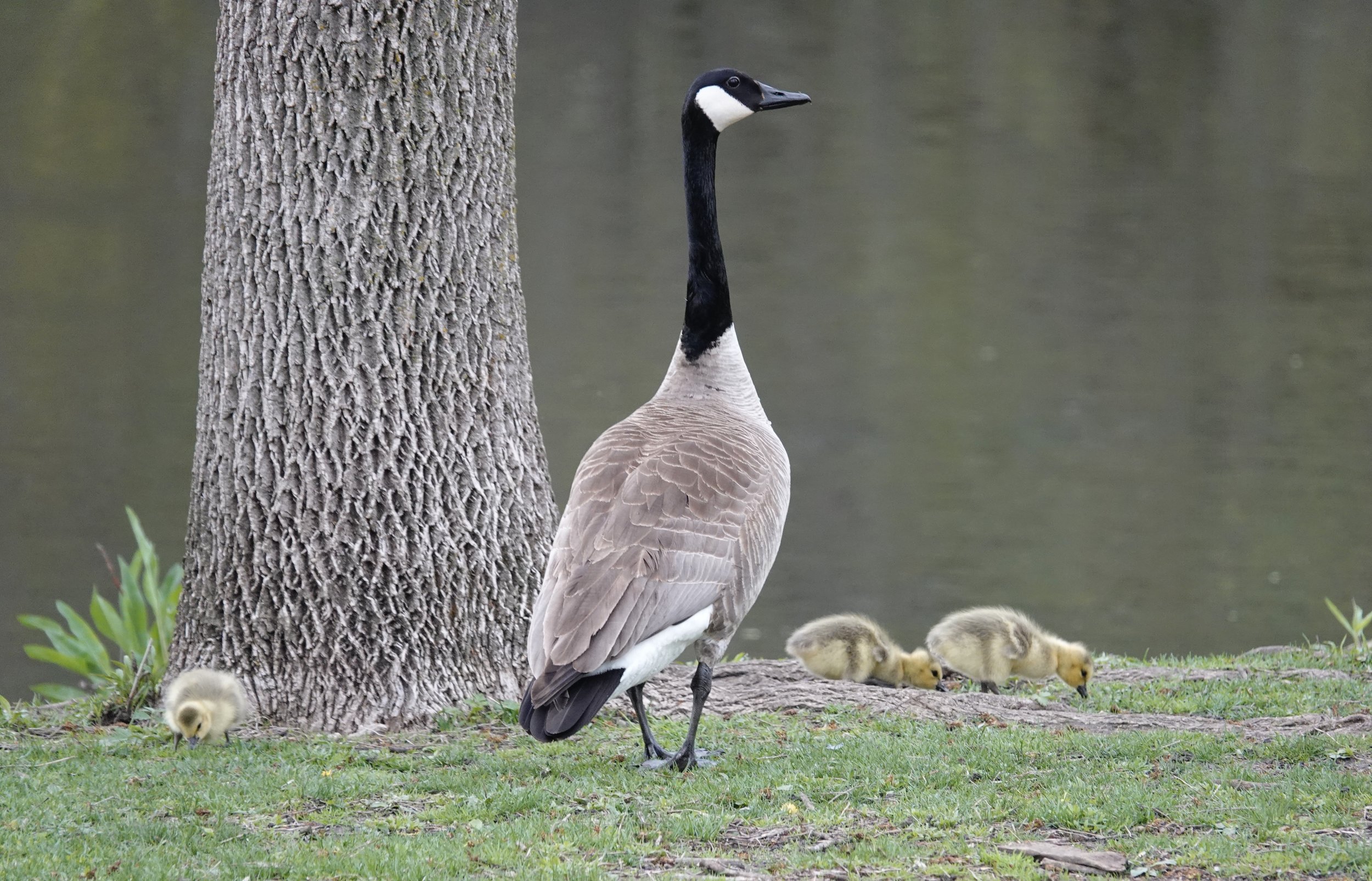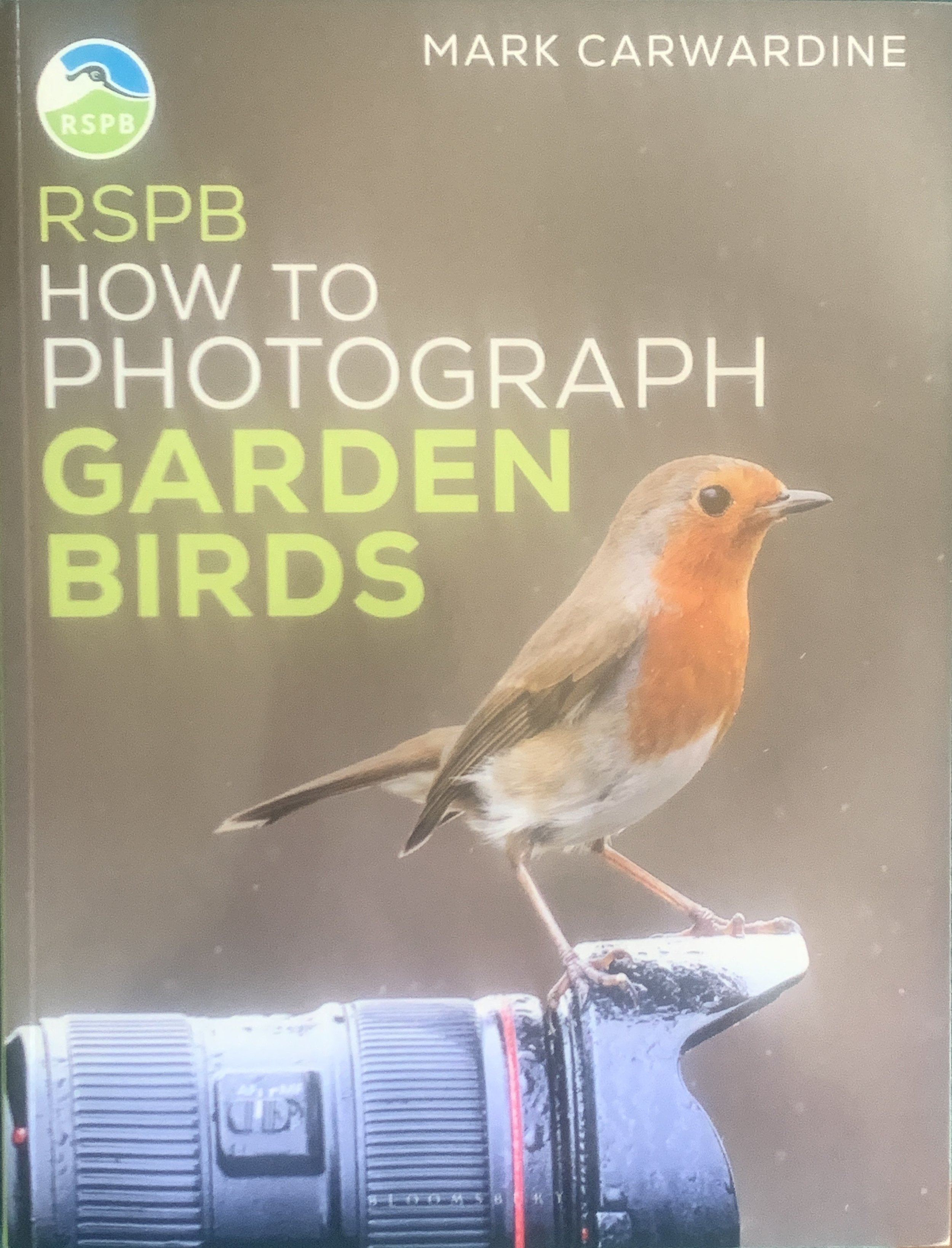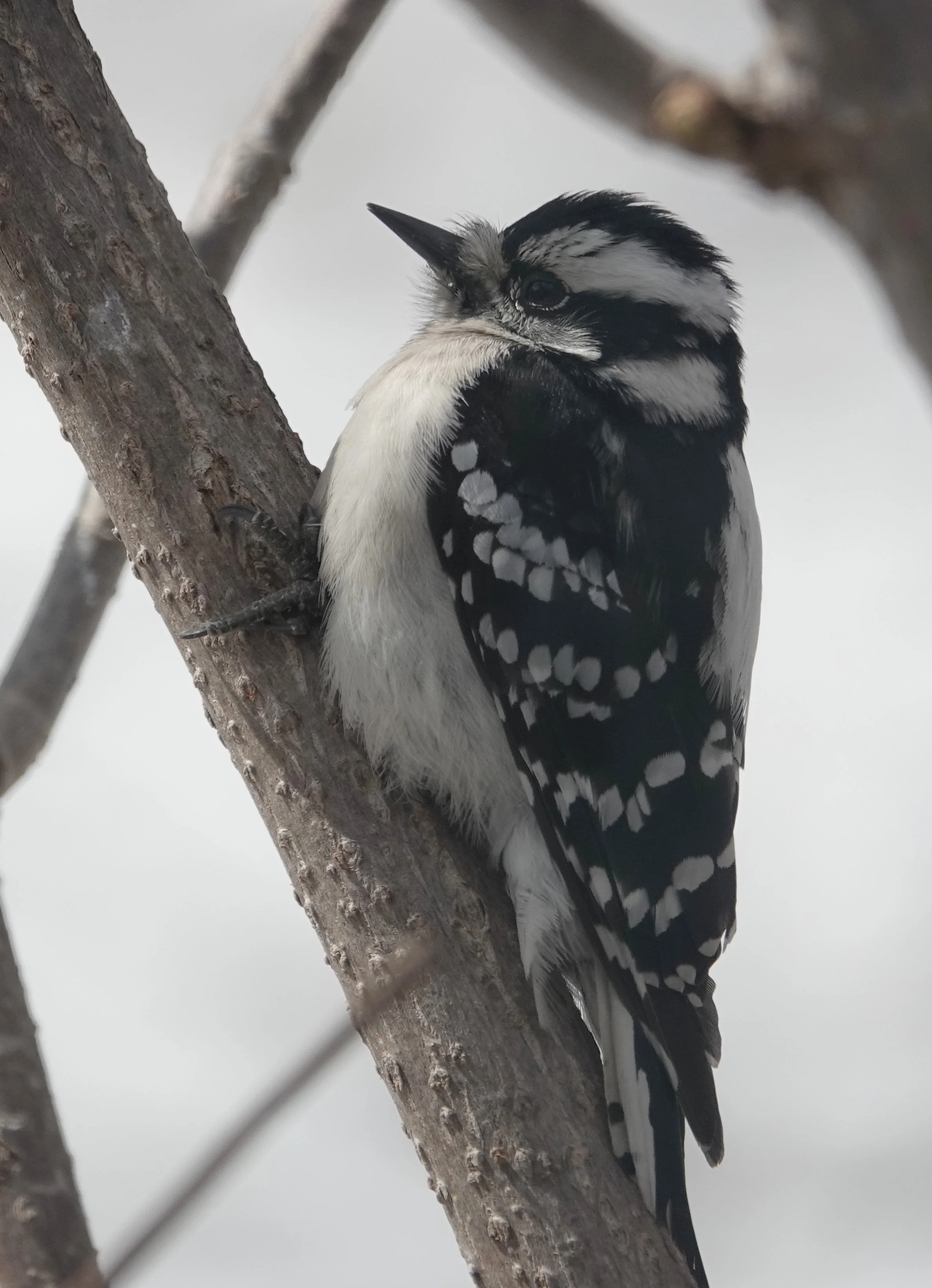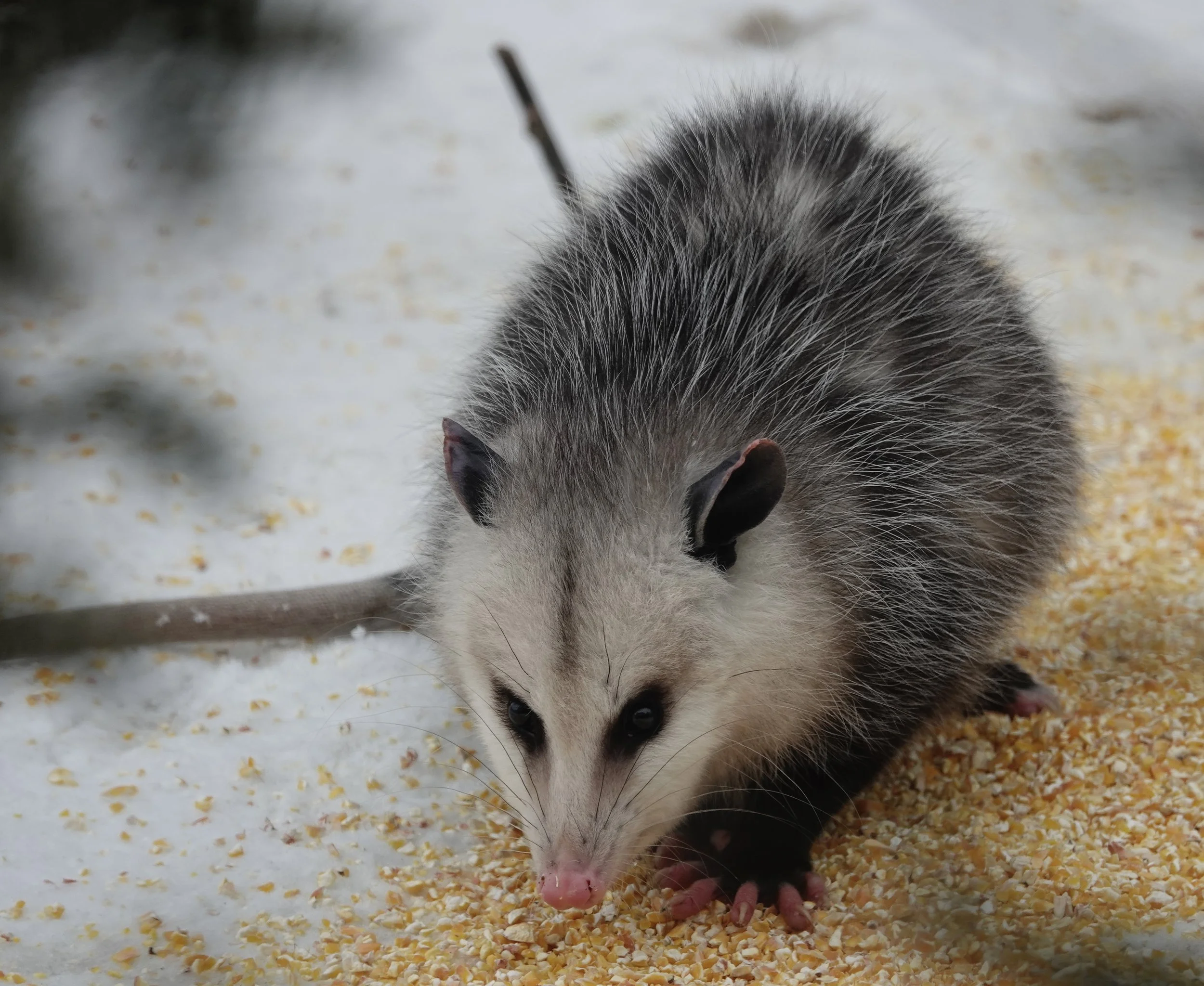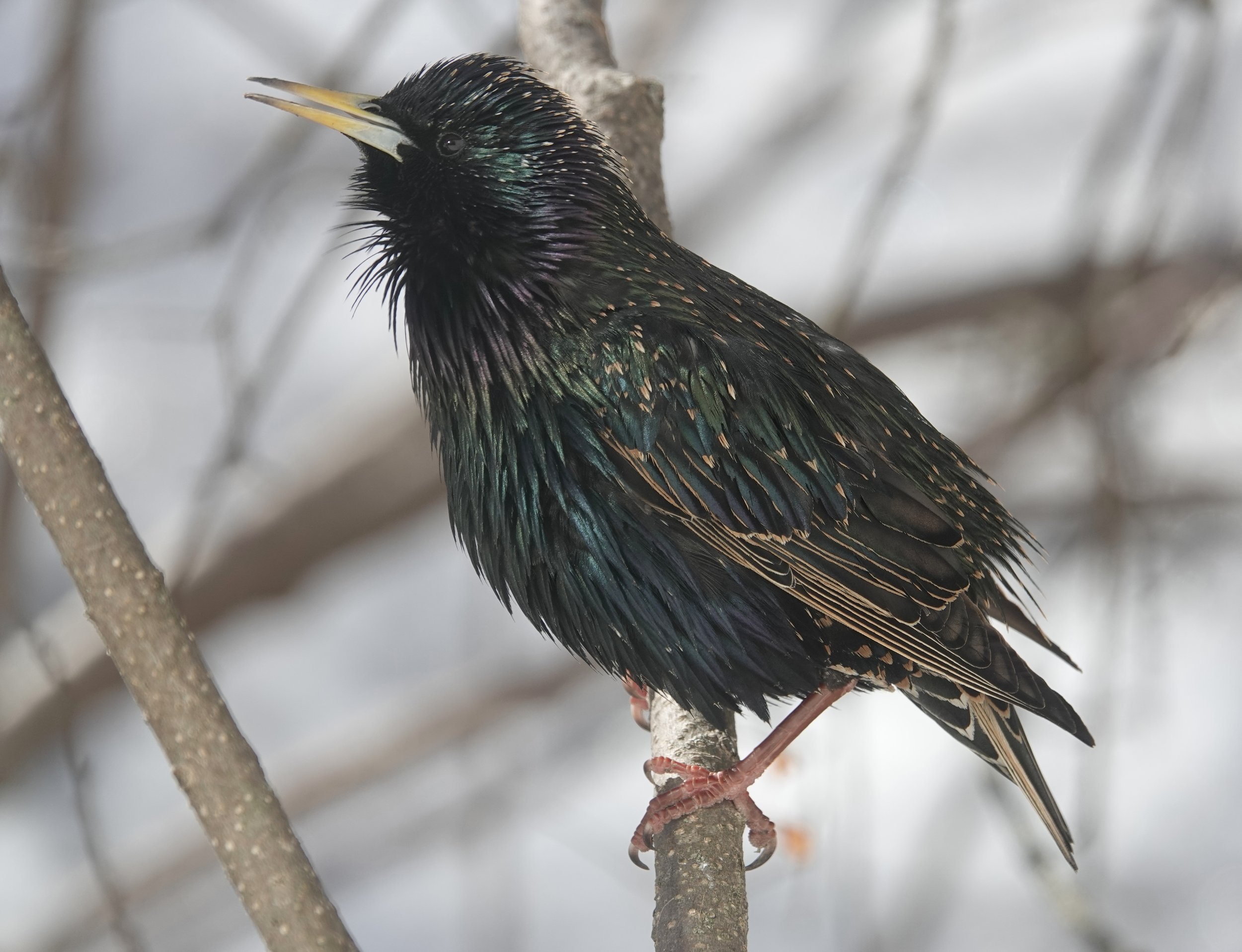Naturally
I enjoy a drumroll when I leave the house. Why not? A woodpecker was happy to provide one by drumming on a resonant limb like John Bonham on the day he graduated from the School of Hard Knocks.
Each day, I listen to an eastern wood-peewee and his slurred whistle, a plaintive “pee-ah-wee” or “pee-wee” falling in pitch at the end. I have named him Herman. He’s a peewee Herman.
I watched turkey vultures soar with limited flapping. In Tibet, vultures are considered angels who bring souls to heaven where they can be reincarnated.
Crown vetch is a legume native to Europe and Asia. It was introduced to the US in the mid-1800s, and by the 1950s became widely planted. In Minnesota, it’s been planted as a cover crop and used for soil stabilization on ditch banks. Crown vetch flowers vary from white to pink to lavender and bloom from May through August. Similar plants show violet-blue flowers on cow vetch (bird vetch), and blue and white on hairy vetch. The flowers of cow vetch and hairy vetch are arranged in a line along the stalk, unlike the clustered arrangement at the top of crown vetch. Crown vetch has a leaflet at the tip of its leaves and doesn’t have tendrils at the tips as cow and hairy vetch do.
Purple coneflower, black-eyed Susan, the vibrant orange butterfly weed and vervain bloom. Hoary vervain grows with stalkless leaves in clumps in dry habitats. It might be confused with blue vervain, which has smaller flowers, stalked leaves and prefers moist habitats. Both bloom June-September.
Good morning eyeshine
Eyeshine, a visible effect of the tapetum lucidum, enhances animals' visual sensitivity in low-light conditions. A great horned owl flew from the road in front of my car. Its eyes glowed yellow. There is an overlap of colors, but raccoons, coyotes, deer and cattle have yellow eyeshine. Dog’s eyes are yellow, green or blue and cats are usually green, but can be orange, yellow or red. Horses are green to yellow to blue. Rabbits, opossums and foxes are red. Deer, coyotes and walleyes flash white eyes. Even the wolf spider has stars in its eyes.
Barn swallows
I mowed the lawn in the company of dive-bombing barn swallows that swooped along with me. They called “click-it” repeatedly, as if reminding me to fasten my seatbelt on my push mower. The swallow is an insectivore with flies, grasshoppers, crickets, dragonflies, beetles, moths and other flying insects making up 99.8% of its diet. A single barn swallow can consume 60 insects per hour or 720 per day. That’s 20,000 fewer insects per month that might bother you in your yard. Older siblings sometimes help their parents feed their young from a second brood. A study by the University of Berne, the University of Geneva and the Swiss Federal Institute for Forest, Snow and Landscape Research found broods of barn swallows receive 250-350 food portions daily, each containing 15-20 insects. Parental feeding accounts for up to 100,000 flying insects. A barn swallow weighs as much as 7 or 8 pennies and has been clocked flying 46 mph.
Poison ivy
Poison ivy wears disguises. Sometimes it looks like a thick vine winding around a tree and climbing high into the air. Sometimes it looks like a bush or a shrub. Other times it carpets the ground. Its “leaves of three, let it be” leaflets can have smooth or toothed edges and turn red, yellow or orange in the fall. Its white berries provide food for birds. About 85% of people are allergic to the urushiol oil within the plant. It has a hairy vine. “Hairy (raggy) rope, don’t be a dope.” “Hairy vine, no friend of mine.” “One, two, three. Don’t touch me.” "Berries white, run in fright” “Leaves of three, let it be; leaves of five, let it thrive.” Poison ivy leaflets are normally in groups of three, while those of Virginia creeper are in groups of five.
Q&A
“Why aren’t more athletic teams nicknamed the Robins?” I don’t know. There should be more. The Atlantic Collegiate Baseball League once had the Peekskill Robins as a member. The Brooklyn Robins (1914-1931) were in the MLB’s National League. They changed their name back to the Brooklyn Dodgers in 1932. They’re now the Los Angeles Dodgers. Some football clubs in England carry the name Robins, albeit a different Robin than the American robin. The same could be said for a couple of Australian Rules Football clubs. Robbinsdale Cooper High School Robins sounds good, but they’re the Hawks. Robins, Iowa, doesn’t have a high school. The Robins Robins is a keeper, but a friend would call them the Orange-bellied Worm Pullers.
Thanks for stopping by
"The butterfly counts not months but moments, and has enough time."—Rabindranath Tagore.
"Leave the roads; take the trails."—Pythagoras.
Do good.
©️Al Batt 2023
The adult ring-necked pheasant rooster has an olive crown bordered by feathers elongated to form hornlike or earlike tufts, red wattles above and below each eye, iridescent purplish head and neck, and a white collar. It has a spur on each leg. This rooster crows loudly in spring and summer. Its crow is often followed by a loud, rapid beating of the wings and it frequently cackles when it flies. The pheasant is a non-native introduced to North America in the 1880s as a game bird. Photo by Al Batt.


